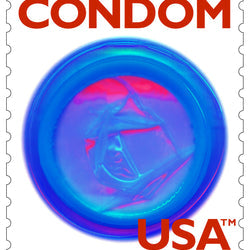
Genital Warts (HPV)
It's not necessary to have sexual intercourse to get a sexually transmitted disease (STD). The human papillomavirus (HPV) that causes genital warts can be transmitted by close skin-to-skin contact. Some types of HPVs cause cervical or anal cancer, and vaccines are available to protect against the most dangerous types. Other HPV types cause genital warts, which can be raised, flat, or cauliflower-shaped. HPV infection can occur in people who have no symptoms or visible warts.
- What is it? Human Papilloma Virus (HPV) - a group of more than 70 viruses, some of which can lead to cervical cancer. Several strains of HPV cause external genital warts. .
- How is it contracted? Through oral, anal, and vaginal sex and through skin-to-skin contact. To help prevent infection, use a condom. It's not clear exactly how effective condoms are at protecting against HPV and genital warts, but they will protect you against other STDs, including HIV.
- Incubation Period: Anywhere from one month to several years
- Symptoms: Many types of HPV have no symptoms, though some cause visible genital warts that may be found in the vagina or urethra or on the cervix, vulva, penis, or anus. Rarely, they are found in the mouth or throat. Warts are often flesh-colored, soft to the touch, and may look like miniature cauliflower florets. They usually grow in more than one area and are often painless, although they may itch.






Leave a comment